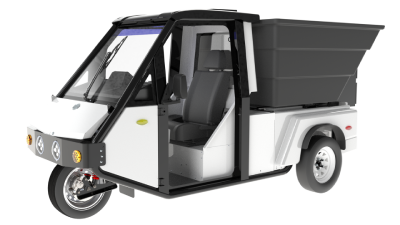While golf carts may have some characteristics in common with slow vehicles, there are also significant differences between them. This difference is not only physical but also legal. However, it is possible to turn your golf cart into a slow vehicle.
Do you have a golf cart that you want to drive on public roads? Not so fast. Read on and we'll walk you through everything you need to know about the differences between golf carts and low-speed vehicles, and when you can and can't drive them on the road.

Image Source: Google
The federal government has three criteria that must be met for something to be considered a slow vehicle (LSV). First, there must be four wheels. Second, the top speed must be between 20 mph and 25 mph. Finally, its gross vehicle weight rating must not exceed 2,500 pounds.
Low-speed vehicles are commonly used for hunting, housekeeping, field maintenance, gardening, and campus security. Most low-speed vehicles are very light and can carry up to 6 passengers plus cargo and still stay under the weight limit. This gives them excellent mileage.
They are becoming increasingly popular with environmentally conscious drivers who want a lower carbon footprint. Families who own an LSV and a regular car show a 23% reduction in traffic-related CO2 emissions.
Since most LSVs are electric, many can travel up to 30 miles on a full charge. It can meet the travel needs of most drivers. Of course, the LSV must travel at a constant speed of 20 miles per hour.
